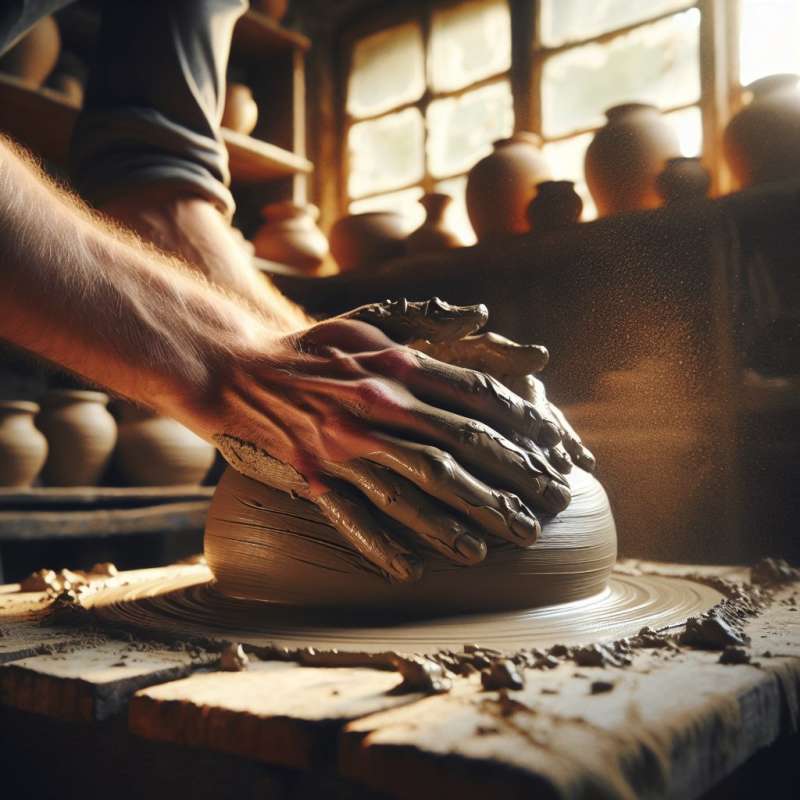
Understanding Pottery Cracks
Cracks in pottery occur due to stress. Understanding the three primary types—dunting, crazing, and shivering—helps in prevention. Each is caused by different stressors like thermal shock, glaze tension, or misfit between clay body and glaze.
Proper Clay Conditioning
Properly conditioning clay is crucial. Wedge to remove air bubbles and achieve uniform consistency. This minimizes stress points that can cause cracks during drying or firing, ensuring the strength and longevity of your pottery pieces.
Even Thickness Matters
Uniform thickness prevents uneven drying and firing, which can lead to stress and cracks. Use calipers to measure thickness. Pay attention to joins and edges, which are common crack initiation points.
Optimal Drying Process
Dry pottery slowly and evenly. Cover with a cloth to prevent fast drying from air drafts. Rotate pieces regularly to ensure all sides dry at the same rate. Rapid drying can cause stress that leads to cracking.
Controlled Firing Cycle
A controlled firing cycle is key. Heat and cool your kiln gradually. Rapid temperature changes cause thermal shock, which can result in dunting cracks. Use a programmable kiln for precise control over the firing curve.
Glaze Application Technique
Apply glaze evenly and not too thick. A thick glaze can shrink more than the clay during cooling, leading to crazing. Ensure the glaze's thermal expansion coefficient is compatible with your clay body to reduce shivering.
Regular Kiln Maintenance
Maintain your kiln to ensure it fires evenly. Check for worn elements, uneven temperatures, and any damage. A well-maintained kiln provides consistent heat and reduces the risk of cracks caused by firing issues.
What causes pottery dunting cracks?
Uneven clay thickness
Incompatible glaze coefficient
Thermal shock during firing
Company